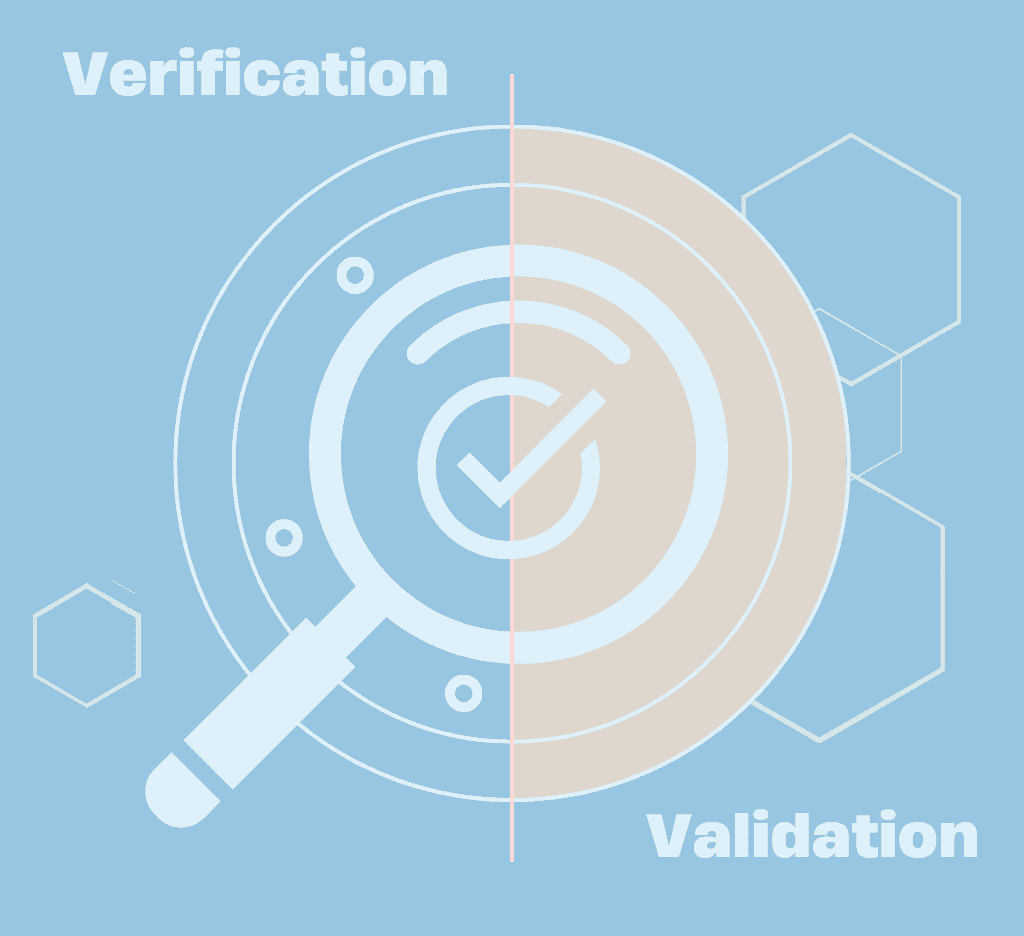Code powers every software application and digital experience, taking many forms. Two key forms are scripting and programming languages.
While similar, knowing when to use each can accelerate your development process and reduce costs, especially as AI-powered coding tools transform how we build software.
Transitioning from definitions, let’s look first at scripting languages:
A scripting language is typically interpreted, not compiled. Instead of translating the entire program, scripts run line by line, which is ideal for rapid development and automation.
They shine when you need to:
- Automate repetitive tasks
- Add dynamic features to websites
- Integrate systems and APIs
- Quickly prototype and test ideas
Popular scripting languages: Python, JavaScript, PHP, Ruby, Perl.
Next, let’s examine what sets programming languages apart:
Compiled programming languages offer power, performance, and scalability. They are translated into machine code before execution, providing faster execution and improved efficiency for complex systems.
They excel at:
- Building large-scale applications
- Developing operating systems and device drivers
- Creating high-performance mobile and desktop apps
- Managing enterprise-level data processing
Popular compiled programming languages: C, C++, Java, Rust, Go.

Scripting vs Programming Languages: The Core Differences
| Feature | Scripting Languages | Programming Languages |
| Execution | Interpreted line-by-line | Compiled into machine code |
| Speed of Development | Very fast, no compile step | Slower, requires compilation |
| Performance | Slower at runtime | Optimized and faster |
| Use Case | Automation, integration, dynamic content | Complex systems, performance-critical apps |
| Ease of Learning | Generally easier | Steeper learning curve |
Best Use Cases for Scripting Languages
- Task Automation: Process files, generate reports, clean data.
- Web Development: Power dynamic sites with JavaScript or PHP.
- API Integration: Connect tools and services without heavy coding.
- System Administration: Automate backups, user management, and monitoring.
- Rapid Prototyping: Test new features or concepts in hours, not days.
Best Use Cases for Programming Languages
- Enterprise Applications: ERP, CRM, large-scale SaaS platforms.
- System Programming: Operating systems, compilers, firmware.
- Database Management: High-volume transaction systems.
- Mobile Apps: Native Android (Java/Kotlin) or iOS (Swift) development.
You might wonder how scripting compares to programming in terms of difficulty:
For most beginners, yes! Scripting languages have simpler syntax, require less setup, and show results instantly. But scripting isn’t “less than” programming; it’s simply a different approach.
Another common question is whether scripting truly counts as programming:
Absolutely. Writing a script is writing code. The distinction is about the problem’s scope and scale, not legitimacy.
Advantages of Scripting Languages
- Faster Iteration: No compile step means instant testing.
- Beginner-Friendly: Simple syntax and accessible tooling.
- Flexible: Dynamic typing allows variables to adapt at runtime.
Advantages of Programming Languages
- Performance: Compiled code runs faster and uses resources efficiently.
- Robustness: Static typing catches errors earlier.
- Scalability: Designed for complex, large-scale systems.
How AI is Redefining Scripting and Programming in 2025
AI-powered development tools now offer leaders new ways to accelerate delivery, control costs, and gain market edge; blurring the traditional lines between scripting and programming.
Here’s what’s changing:
- AI-Generated Scripts: Create working automation in seconds from a natural-language prompt.
- Code Translation: Convert Python to Java or JavaScript to C++ with AI-assisted tools.
- Smart Debugging: AI flags bugs, optimizes code, and suggests performance improvements in real time.
- Lower Barrier to Entry: Non-developers can now automate workflows without deep coding knowledge.
- Hybrid Workflows: Begin with a quick, AI-generated script, then scale it into a robust, compiled application.
The takeaway: Success today comes from combining scripting and programming; leveraging both strategically, with AI, to accelerate delivery, optimize resources, and drive organizational growth.
Final Takeaway
Both scripting and programming languages are essential. Scripting is faster and more flexible; programming offers performance and structure. AI now lets teams blend both strengths for a competitive edge.
Ready to Build Smarter, Faster, and with Confidence?
For rapid automation, large-scale development, or AI solutions that bridge scripting and programming, Unosquare delivers. Our team combines technical expertise with innovation to transform ideas into exceptional software; on time, on budget, and ready for the future. Contact Us Today to start your next project with a partner who knows how to deliver.



